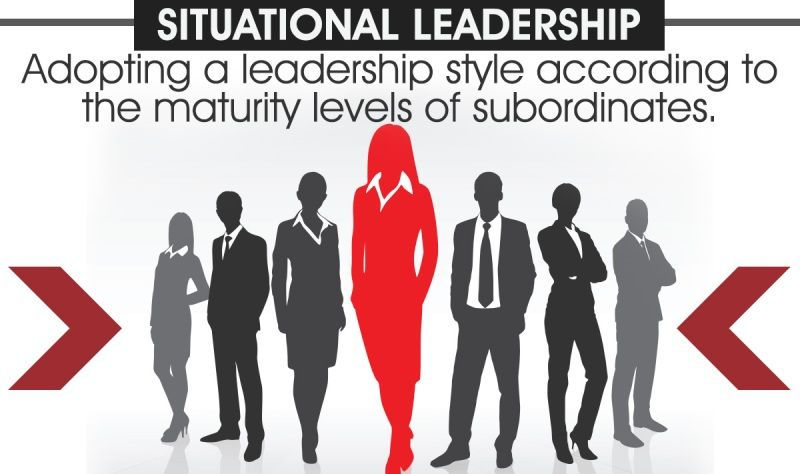Situational Leadership is a form of leadership that, ‘rises to the occasion.’ Have you ever noticed that some situations you do extremely well in, yet other situations leave you quietly defeated? This is an example of situational leadership. Everyone is not fit to adapt to complex and fluid issues. They may be phenomenal at issues concerning IT, but not issues concerning people.
Think of an area you struggle in or an area you hand off to your spouse. At that moment someone else takes the lead. Most of the time, they are equipped to handle that situation masterfully, and then when it is handled, you take the control back. This is also an example of situational leadership.
The Situational Leadership Model, or Situational Leadership, is a model created by Ken Blanchard and Paul Hersey. It was developed while working on Management of Organizational Behavior. This “life cycle theory of leadership” was first introduced in 1969.
Another example of this leadership is a leader having to situate themselves to the demands of the moment. Being adaptable to change and well versed in the many variables of one’s industry helps one to become less stagnant and more resilient and able to ‘fit’ different contexts and conditions.
In organizations, you will find many leaders for different case scenarios, or when something happens you will see a particular person show up. It is because they have proven themselves to be adept at handling the specific issues that have arisen. Then, after the situation has been handled, that leader will depart, and the regular leader will re-emerge.
This is also referred to as Conditional Leadership.
